-
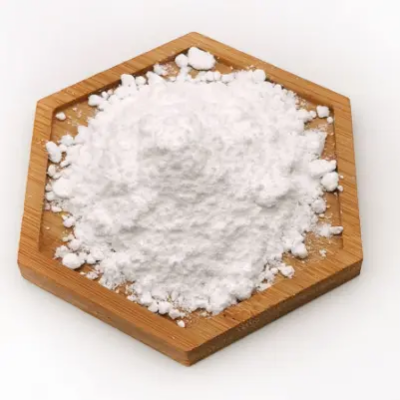
β-Nicotinamide Adenine Dinucleotide CAS:53-84-9
β-Nicotinamide Adenine Dinucleotide (NAD+) is a coenzyme found in all living cells and is essential for various metabolic processes. It plays a critical role in energy production, DNA repair, and regulatory signaling within the cell.
-
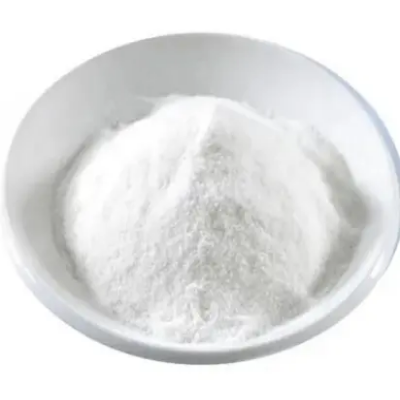
2-Naphthoxyacetic Acid(BNOA) CAS:120-23-0
2-Naphthoxyacetic Acid (BNOA) is a synthetic plant growth regulator belonging to the auxin family. It plays a crucial role in promoting root initiation, stimulating cell elongation, and regulating various physiological processes in plants. BNOA is widely used in horticulture and agriculture for its ability to influence plant growth and development.
-

β-Nicotinamide Mononucleotide CAS:1094-61-7
β-Nicotinamide Mononucleotide (NMN) is a nucleotide derivative and a key precursor of nicotinamide adenine dinucleotide (NAD+), an essential coenzyme involved in various cellular processes. NMN has gained attention for its potential role in supporting cellular energy metabolism, DNA repair, and longevity.
-

Chlormequat chloride CAS:999-81-5
Chlormequat chloride is a plant growth regulator widely used in agriculture and horticulture. It acts by inhibiting gibberellin biosynthesis, leading to improved plant compactness, reduced lodging, and enhanced stress resistance in various cultivated crops.
-
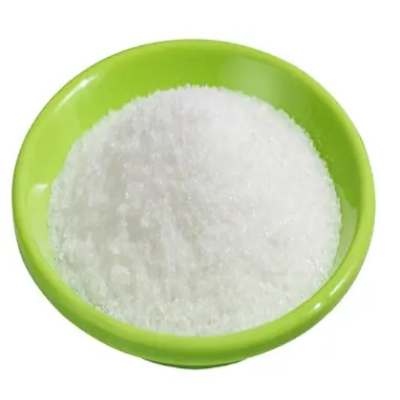
β-Nicotinamide Adenine Dinucleotide Phosphate Disodium Salt CAS:24292-60-2
β-Nicotinamide Adenine Dinucleotide Phosphate Disodium Salt, also known as NADP+, is a crucial coenzyme involved in numerous enzymatic reactions within cells. As the oxidized form of NADPH, it plays a pivotal role in anabolic processes such as fatty acid and nucleic acid synthesis, as well as in maintaining the cellular redox balance. NADP+ serves as a carrier of high-energy electrons essential for biosynthetic pathways and antioxidant defense mechanisms, making it indispensable for various metabolic activities.
-

β-Nicotinamide Adenine Dinucleotide Lithium salt (NAD Lithium salt) CAS:64417-72-7
β-Nicotinamide Adenine Dinucleotide Lithium salt, often referred to as NAD lithium salt, is a compound that combines the coenzyme NAD+ with lithium. This formulation offers a unique combination of NAD+ and lithium, potentially providing synergistic effects that may influence cellular function and neuroprotective properties. The interaction between NAD+ and lithium underscores its potential relevance in various physiological and neurological processes.
-

β-Nicotinamide Adenine Dinucleotide, reduced form CAS:606-68-8
β-Nicotinamide Adenine Dinucleotide, reduced form, also known as NADH, is a coenzyme that plays a crucial role in the production of energy within cells. As the reduced form of NAD+, it participates in important redox reactions, helping to transfer electrons in the process of cellular respiration. NADH is a vital component in the synthesis of adenosine triphosphate (ATP), the primary energy currency of the cell. Due to its significance in energy metabolism, NADH supplements are increasingly popular among individuals seeking enhanced vitality and overall well-being.
-
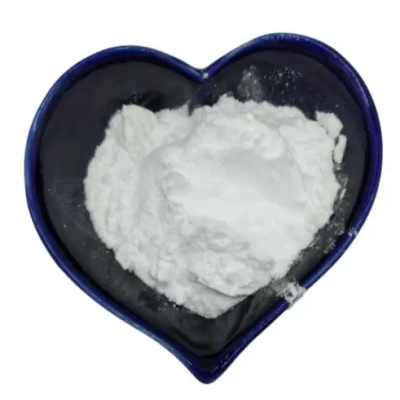
L-(-)-CamphorsulfonicAcid CAS:35963-20-3
L-(-)-Camphorsulfonic acid is a chiral organic compound known for its white crystalline appearance. It is widely recognized as a versatile resolving agent and chiral auxiliary in asymmetric synthesis, providing enantiomeric purity to various chemical reactions and products.
-
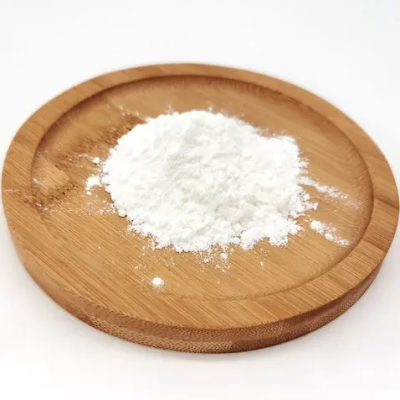
L-2-Aminobutanamidehydrochloride CAS:7682-20-4
L-2-Aminobutanamidehydrochloride is a white crystalline compound. It is primarily used as an intermediate in the synthesis of pharmaceuticals and other organic compounds due to its versatile reactivity and structural properties.
-

NF-ATMO(Z)-2-(2-formamidothiazol-4-yl)-2-(methoxyimino)aceticacid CAS:65872-43-7
NF-ATMO(Z)-2-(2-formamidothiazol-4-yl)-2-(methoxyimino)aceticacid is a compound used in chemical research. It is known for its molecular structure and properties, making it valuable in studies related to organic chemistry. The compound’s synthesis and characteristics have been of interest to researchers in the field.
-

Methyl2-Hydroxy-4-iodobenzoate CAS:18179-39-0
Methyl 2-hydroxy-4-iodobenzoate is a chemical compound known for its white to off-white crystalline appearance. This compound is recognized for its versatile reactivity and is commonly utilized as an intermediate in the synthesis of pharmaceuticals, agrochemicals, and other organic compounds.
-
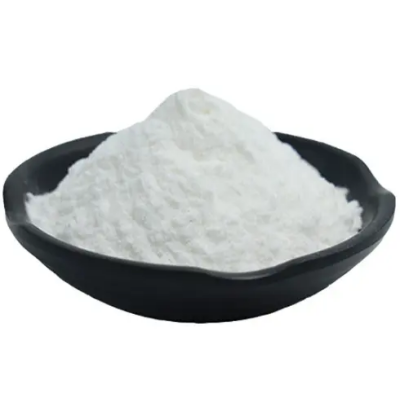
MethylD-(-)-4-hydroxy-phenylglycinate CAS:57591-61-4
MethylD-(-)-4-hydroxy-phenylglycinate is a chemical compound with potential pharmaceutical applications. It belongs to the class of phenylglycine derivatives and is commonly used as a building block in the synthesis of various pharmaceutical compounds. This compound is known for its chiral properties, making it important in the development of chiral drugs and pharmaceuticals.

